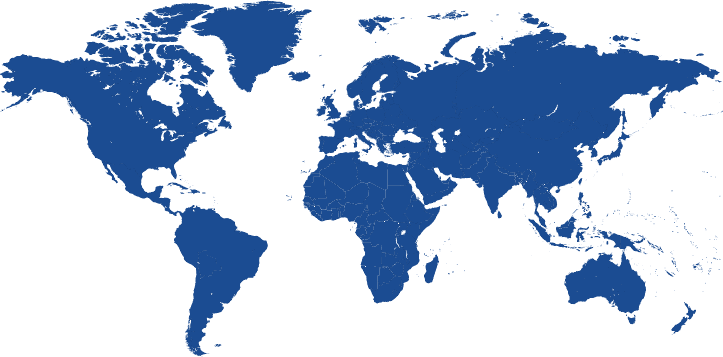Ford Around the World
Our global vision emerges from a deep understanding of what drives people in local markets.

Read about our regions:
Around the world, Ford continues to go further by reducing the environmental impact of our products and facilities, supporting positive social change and ensuring economic viability for long-term growth. The success of ONE Ford is powered by a commitment that’s global in scale.
That is why we continue to highlight key regional sustainability initiatives in their own sections of our full report.
Our business is organized into four regional segments: North America, South America, Europe, and Asia Pacific and Africa. North America and Europe are our largest markets.
Despite the Company’s financial progress, the business environment in Europe remains challenging, with industry-wide sales hitting a nearly 20-year low in 2012. In response, we outlined a European transformation plan, including actions to increase cost efficiencies, address manufacturing overcapacity and strengthen our brand.
The Asia Pacific and Africa region is our fastest-growing market. China and India, in particular, are expected to continue to experience rapid and substantial growth in the next 10 years. To meet this growing demand, we will bring 50 new vehicles and powertrains to the region by mid-decade. We also are growing our dealer network; building seven new, state-of-the-art, highly flexible manufacturing facilities; and significantly expanding our research and engineering center in Nanjing, China.
In South America, we currently are launching a new global product lineup. Brazil and Argentina are our highest-volume markets in this region.
Sustainability highlights from our regions include the following:
In Asia, the two new plants we opened in 2012 – the Changan Ford Automobile Assembly Plant 2 in Chongqing, China, and the Ford Thailand Manufacturing Plant in Rayong, Thailand – use the “Three-Wet” high-solids paint process. This revolutionary, environmentally friendly technology was piloted in 2007 at the Ohio Assembly Plant in the U.S. and has since been expanded globally to plants in Chennai, India, Cuautitlán, Mexico, and Craiova, Romania, as well as elsewhere in the U.S. The Three-Wet technology improves paint quality, depth and durability while significantly reducing volatile organic compounds, carbon dioxide (CO2) emissions and waste. We will be expanding our Three-Wet capacity to more plants globally in the years to come.
In Europe, the latest entry in the EcoBoost® family of gasoline engines – the 1.0L EcoBoost – set a new benchmark for downsized engines. Launched in the Ford Focus in early 2012, the 1.0L EcoBoost was named “2012 International Engine of the Year” by a panel of 76 journalists from 35 countries. This engine also is available on the Ford C-MAX and the Ford Fiesta, Europe’s best-selling small car in 2012. In 2013, several additional vehicles will launch equipped with Ford EcoBoost gasoline engines, including the Ford Kuga, Fiesta ST, Transit and Tourneo Connect, and EcoSport.
In South America in 2012, we launched several new fuel-efficient products. In Brazil, for example, we launched the new Ford Fusion with a 2.0L EcoBoost engine. Also in Brazil, Ford produces a global vehicle line with advanced flex-fuel technology, enabling the use of locally produced ethanol.
Discover more about our global organization by visiting our website.
Our Regions at a Glance
Our global vision emerges from a deep understanding of what drives people in local markets.
Reducing Emissions in Asia
In Asia, our “Three Wet” paint process is improving paint quality and reducing VOCs, CO2 emissions and waste.
Fuel-Efficient Products in South America
Ford’s global vehicle line with advanced flex-fuel technology allows the use of locally produced ethanol.
- As of year-end 2012. Does not include Ford Motor Credit employees or our unconsolidated joint ventures.












